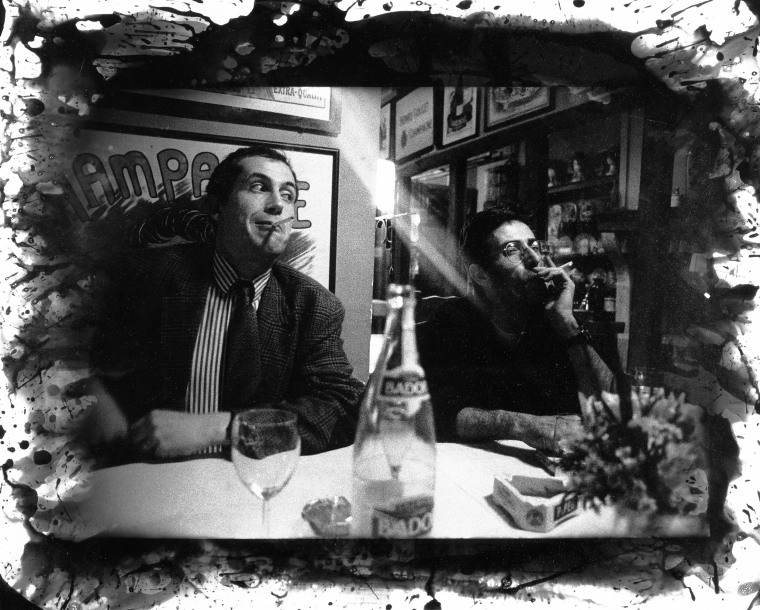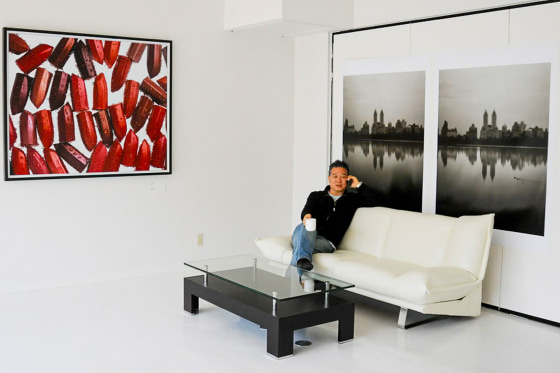Multiple communities are feeling a cultural loss after the death of photographer Yasuomi Hashimura, remembered for being a resource for immigrants to New York City and for his lasting impacts on the art world, the Japanese diaspora and more.
Hashimura, also known as Hashi, died last month after being attacked and pushed to the ground in Midtown Manhattan weeks before. He was 79.
Hashimura was walking on Third Avenue on Oct. 22 when a stranger pushed him and he fell backward in the street and hit his head, an NYPD spokesperson said. He was rushed to Bellevue Hospital, where he died on Nov. 12.
The day after the attack, the NYPD arrested a suspect, Corey Smith, 32, and charged him with assault. Smith, who is homeless, was re-arrested and charged with manslaughter after Hashimura died. Smith’s attorney did not respond to requests for comment.
Hashimura’s funeral was held on Nov. 24 in Greenwich Village. He was born in Osaka, Japan, and immigrated to the U.S. in 1968, according to his website. He used his savings and a $5,000 loan to open his studio in Manhattan in 1974, and over the years became prominent in the advertising industry. He shot ad campaigns for Coca-Cola, Stuart Weitzman, Panasonic and more.

"Pouring his soul into his craft, Hashi elevated commercial photography into an art form, setting new standards with his groundbreaking fast-action liquid photography," Hashimura's daughter, Ann Akari, told NBC News.
"Whether creating fine art, commercial still lifes, or advertising campaigns, he remained steadfast in his originality and relentless work ethic," she added.
Hashimura served as a “trusted source of advice and guidance for many Japanese newcomers to New York,” helping them settle into their new lives, according to his obituary.
“All of us at Japan Society are deeply saddened by the passing of photographer Yasuomi Hashimura,” said Joshua W. Walker, president and CEO of the Japan Society, an organization based in New York that highlights Japanese culture and arts.
“His remarkable journey — emigrating to the U.S. from Japan in 1968, with stops in Hawaii and Los Angeles before making New York City his home — embodies the spirit of resilience and cultural exchange that defines the bond between our two nations. His contributions to the world of photography and his lasting impact on the Japanese community in New York will be cherished and remembered,” Walker said.
In 1985, Hashimura’s work “Rainbow in Space” was made into a limited edition art print for a United Nations University poster — an honor previously bestowed upon artists such as Salvador Dali and Andy Warhol.
"Through his work, Hashi transcended the visible world to explore the essence of time and memory, inspiring audiences worldwide with his evocative imagery," Akari said.
In the photo collection “Future Déjà Vu: Japan” featured in his book, “Hashigraphy,” Hashimura developed his own technique involving painting with darkroom chemicals using calligraphy. His later photo collection featured in his book of the same name, “Memory Fragments” spotlighted Tokyo capturing abstracted daily moments in the city.
“How much of the universe does one actually see? Can you recall the last time you walked through a crowd at an airport or mall — the countless numbers of people passing by — did an image of any particular face imprint upon your memory?” Hashimura said of the project on his website.
"Hashi’s life and work were shaped by enduring themes of memory, identity, and transformation," Akari said.
